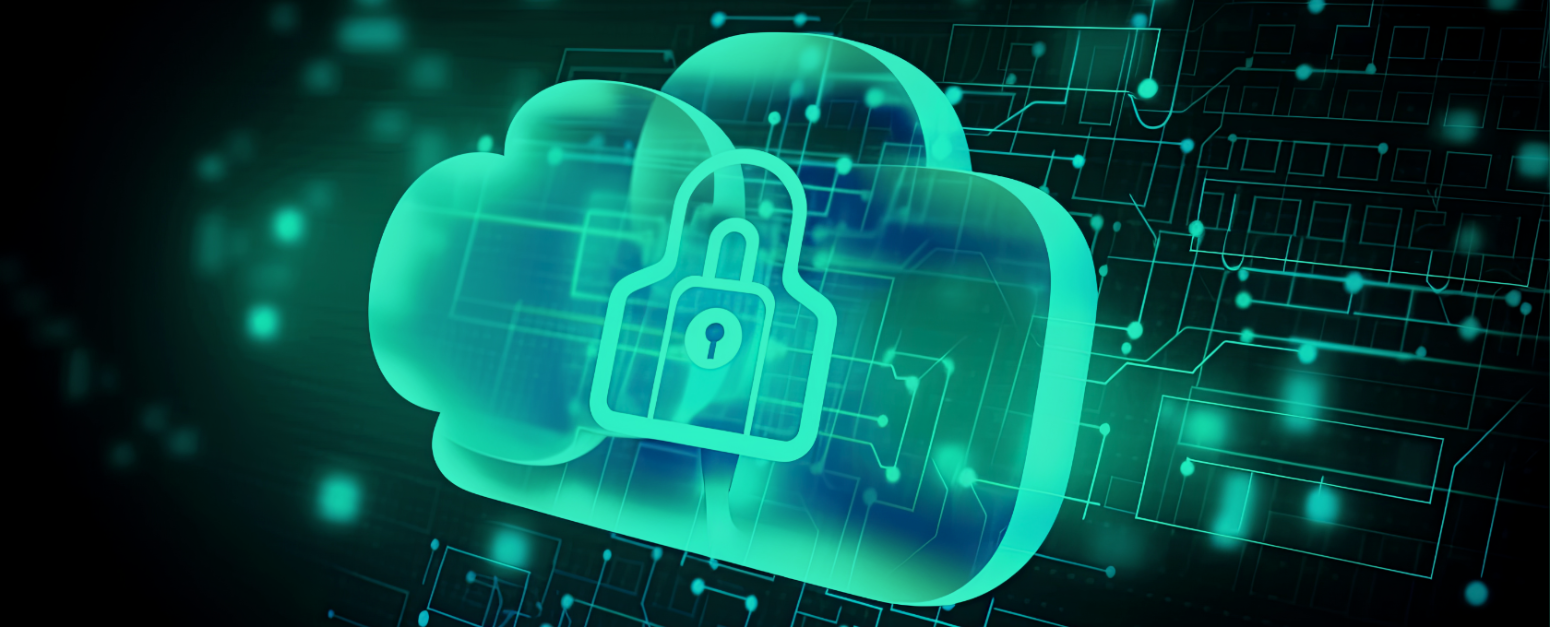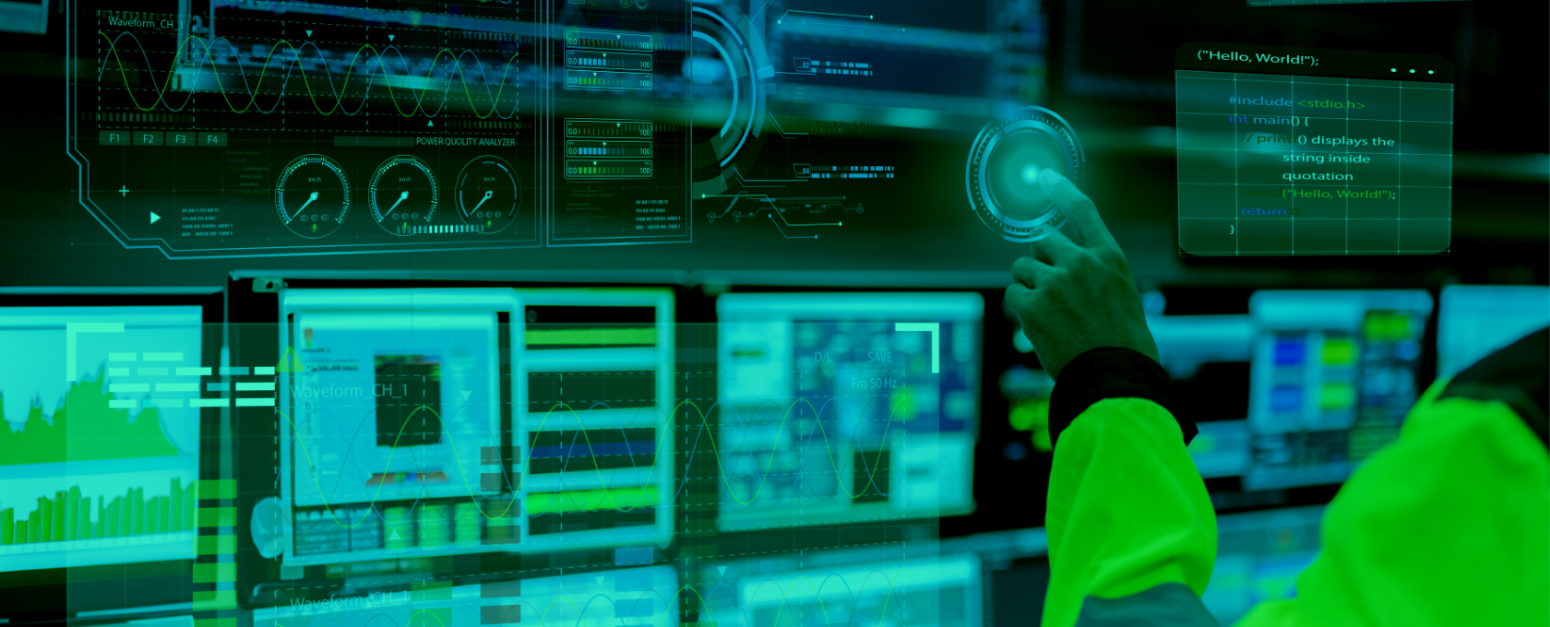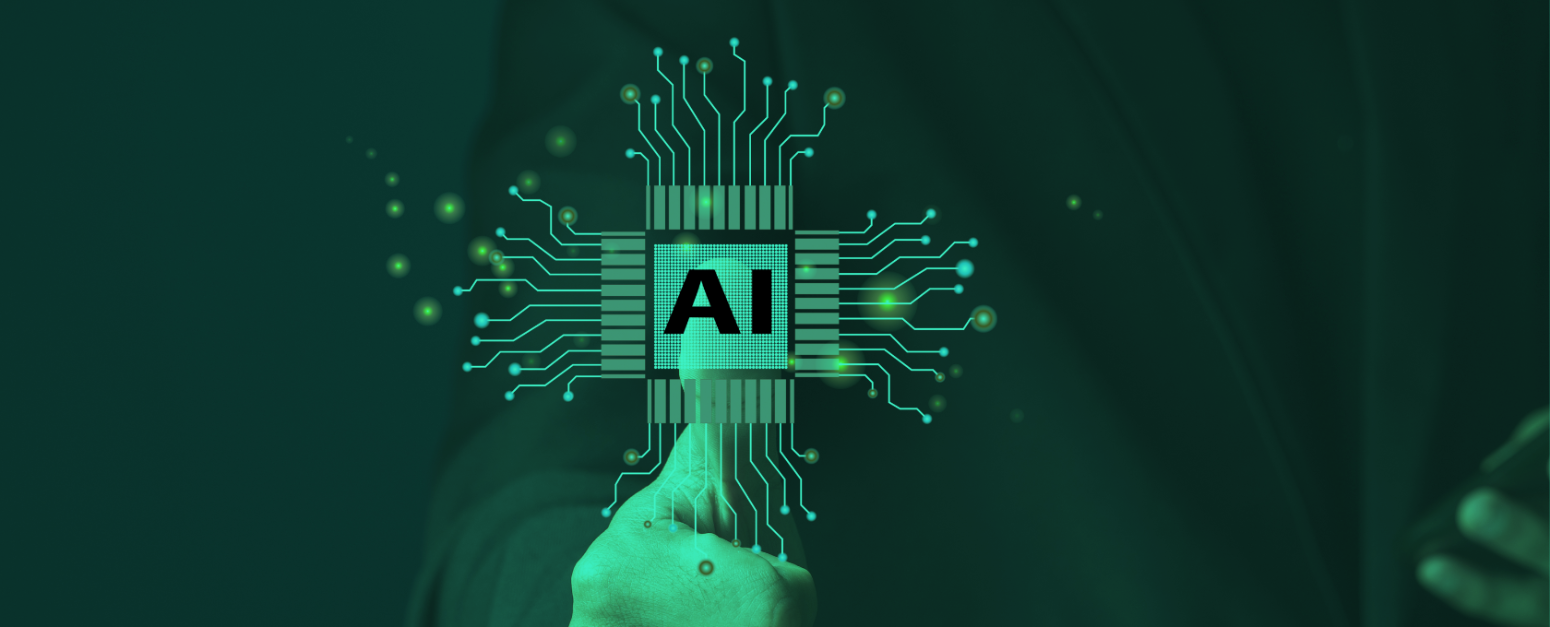
“Technology will mirror the culture and the psychology creating it. We need new psychological scaffolding to work with. Less fear and more optimism.” – Gray Scott
The days of corporate re-skilling and up-skilling employees was a false hope from 2021. The “sucks to be you” mentality has prevailed in the short term. Automation and digital transformation is expensive, time consuming, and filled with fear and uncertainty — it’s too risky. AI replacing jobs is treated as a phase and as an integration into a new way of life. Instead of businesses taking accountability for the fear, they out-placed it to their employees to absorb it. It was all swept under the rug. Do we even need change management when we are in a race propelled by speed and growth? There is no way to be successful at change other than being forced to go through it. Those who have done this can hold the space for those who haven’t and guide them when needed, but is there even room for those discussions?
Regardless of how many thousands of people are in the same boat, transformation is a lonely journey. Many people have never experienced it and resist it as much as possible to only find themselves in over their head. Others who do understand it, were probably given no choice but to go through it. Even when we consciously choose to transform (ourselves or our business), we find out very quickly it’s far from what we expected, and our strategy goes out the window. Very few know what to do in these moments. But when we do, we develop the deepest relationship with ourselves, others and our products that integrate both flaws and strengths — bugs and features — creating genuine innovation. That is a dream team I would like to collaborate with.
If Gray Scott is correct, then wouldn’t it stand to reason that becoming the best versions of ourselves would create the best versions of our products? Our evolution is in our own hands. Personal development, self-actualization, and higher consciousness is more important now than ever. Humanity is on the brink of destruction or creation. But that’s what transformation is.
Working on Accenture’s internal automation transformation with SynOps, I directly applied what I learned from my personal transformations to my work in a deep and meaningful way. Sitting in the uncertainty of this change alongside my colleagues knowing our fate opened us up to being vulnerable and authentic with each other. This unexpectedly gave me clear insight into the content supply chain architecture, the ability and importance of mapping people before the process and subsequently forged some of the truest friendships I have to this date because of it.
There’s a mad dash occurring to upskill ourselves. Colleagues are getting MBA’s, taking courses of all kinds, getting certifications, in the race to beat AI and stay relevant in this industry. In the midst of this swarm to desperately cling to some sense of security, let’s breathe first.
Instead, let’s take stock of who we are: all of our strengths, virtues, flaws, and imperfections alike. Knowing our own value systems and where we stand before we enter a meeting should be perfunctory criteria. When we do this, our perception brings clarity, our work becomes more meaningful, and we become more effective and efficient. By accepting our flaws and utilizing our strengths, we can become the most authentic versions of ourselves and our work. This is what our clients/customers can place their trust in. That’s what is truly needed right now more than ever. How do we measure wisdom? What is the formula for calculating a strength versus a virtue? When is it appropriate to put these on a resume? How do we tweak the algorithm for the “peopley-people”?
It’s not your intelligence, but your wisdom that will differentiate you from the pack. Who has been through a transformation in their life? Who sees it coming and embraces it? Who understands resilience is a way of life and not a business tactic? Who is brave enough to be vulnerable? These people are rare and valuable and should be championed.
In Martin Seligman’s famous findings for learned optimism, he placed dogs in cages and gave them randomized shocks. Most dogs learned to give up and lay down and accept the shocks over time. But remarkably, other dogs kept jumping. Resiliency comes from being able to accept that this isn’t personal, it’s not pervasive, and it is definitely not permanent (the 3 P’s of optimism).
To the people who are true experts in change, they have had to make the hard, ethical choices time and time again in the face of fear— staying true to themselves. They love being in that space, they thrive in it. For example, my father is a retired acting chief of police and sergeant who, like most first responders, ran into uncertainty for a living and made a successful career. At 25, he sprinted into the middle of a shootout, arrested the shooter and saved lives. He thrived off of the fear and the stress being super-reactive. It is important to not only ask the hard questions but frame them in such a way that brings sincerity to the forefront to identify this nature.
The opposite is true for professionals in Corporate America. We look to our work for stability and security, consciously avoiding risk. Software engineers, project managers, senior analysts, consultants — we chose the safe route, the cushy jobs and that’s OK because that’s where we flourish. Technical transformation can only truly occur when we accept the fear that is felt after we answer the hard questions. Just like in political debates, thoughts and prayers are nice, but until enough people feel the pain themselves and go through it, the quality of transformation won’t change.
When you go through the fear, embracing it and leaning into it, you have no choice but to be authentic and true. The strength you feel is inevitable. You understand your imperfections and flaws are what make you authentic and unique. Do we have an algorithm for transformation yet? How many versions of ourselves do we have to create before our own prototype is ready for GTM?
My own personal transformations have made spotting the early signs of transformation in business glaringly obvious; so much so that I am now able to predict several trends, risks, and multi-variate strategies by being able to see a correlation between humans and technology that others cannot. TLE’s (traumatic life events) shouldn’t be stigmatized but rather celebrated. Especially in a world where selfishness is embedded into social media, we need authenticity and empathy now more than ever.
Digging even further into this period of AI evolution, who we need are those who have sat in the fire of change, integrated their strengths and weaknesses, and came out on the other side more open-minded, wise, kind and accepting. We need to find a way to identify these people. It doesn’t come in a spreadsheet, workshop or an exercise. It’s not listed on a resume or found at a networking event. It comes from the ambiguity of life, the duality in the paradox of human nature, the uncertainty of change, living life on the edge. It can’t be defined solely on the outcome alone, but the experience one has during the transformation itself.





